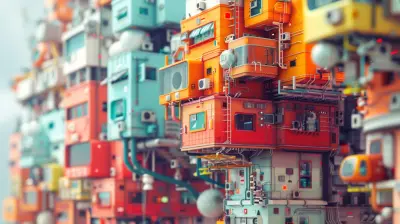The Impact of Robotics on Urban Infrastructure
17 July 2025
Technology is evolving at an incredible pace, and one of the most groundbreaking advancements in recent years is robotics. While robots are often associated with manufacturing and automation, their impact on urban infrastructure is just as revolutionary. From smart traffic management to automated construction, robotics is transforming the way cities operate.
But what does this mean for the future of urban living? Let’s dive in and take a closer look at how robotics is reshaping our cities!
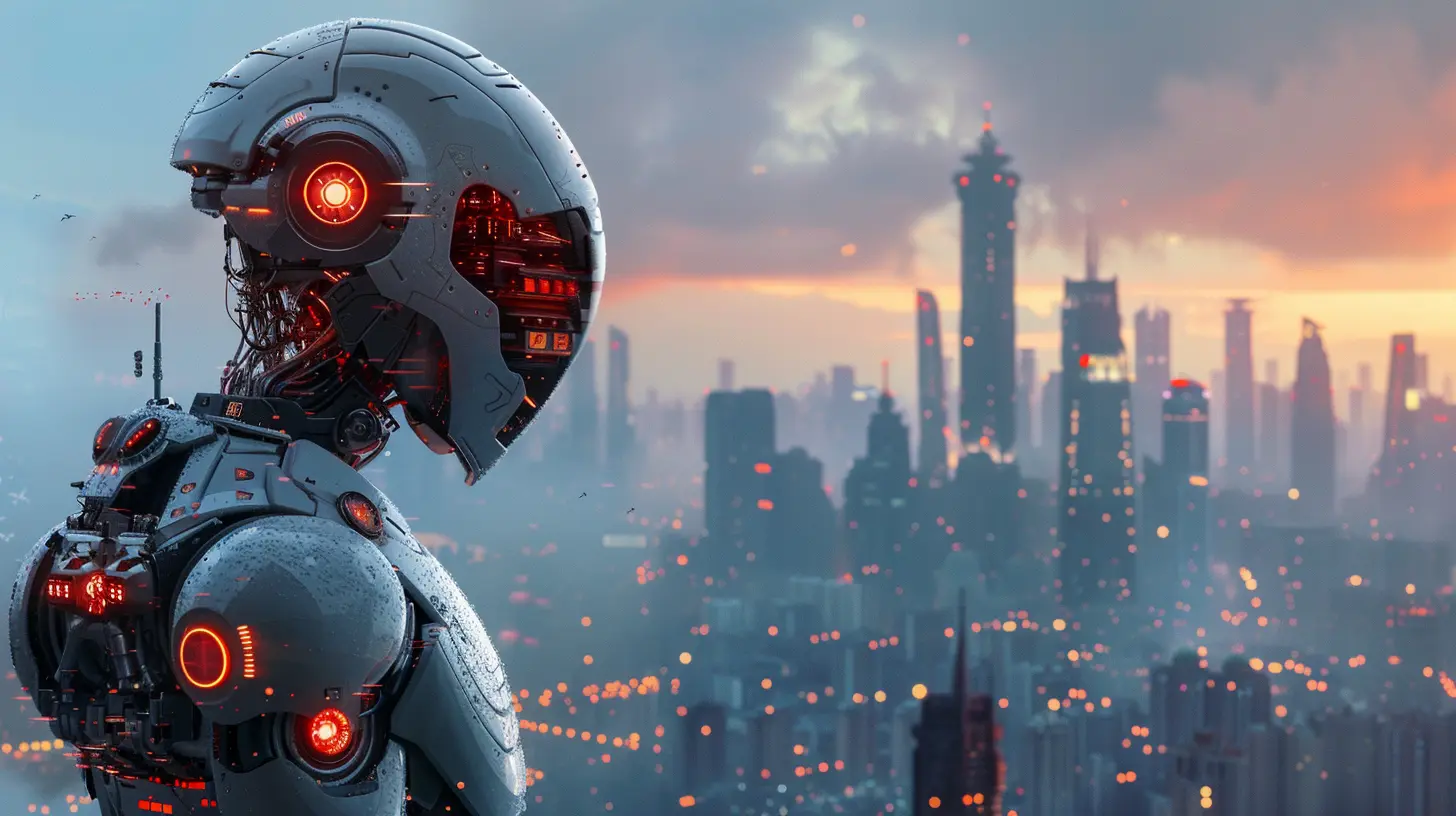
How Robotics is Changing Urban Infrastructure
Urban infrastructure includes everything that keeps a city running—roads, bridges, utilities, and transportation systems. Traditionally, maintaining and upgrading this infrastructure has been a slow and expensive process. However, with the introduction of robotics, several aspects of urban development are becoming more efficient, cost-effective, and sustainable.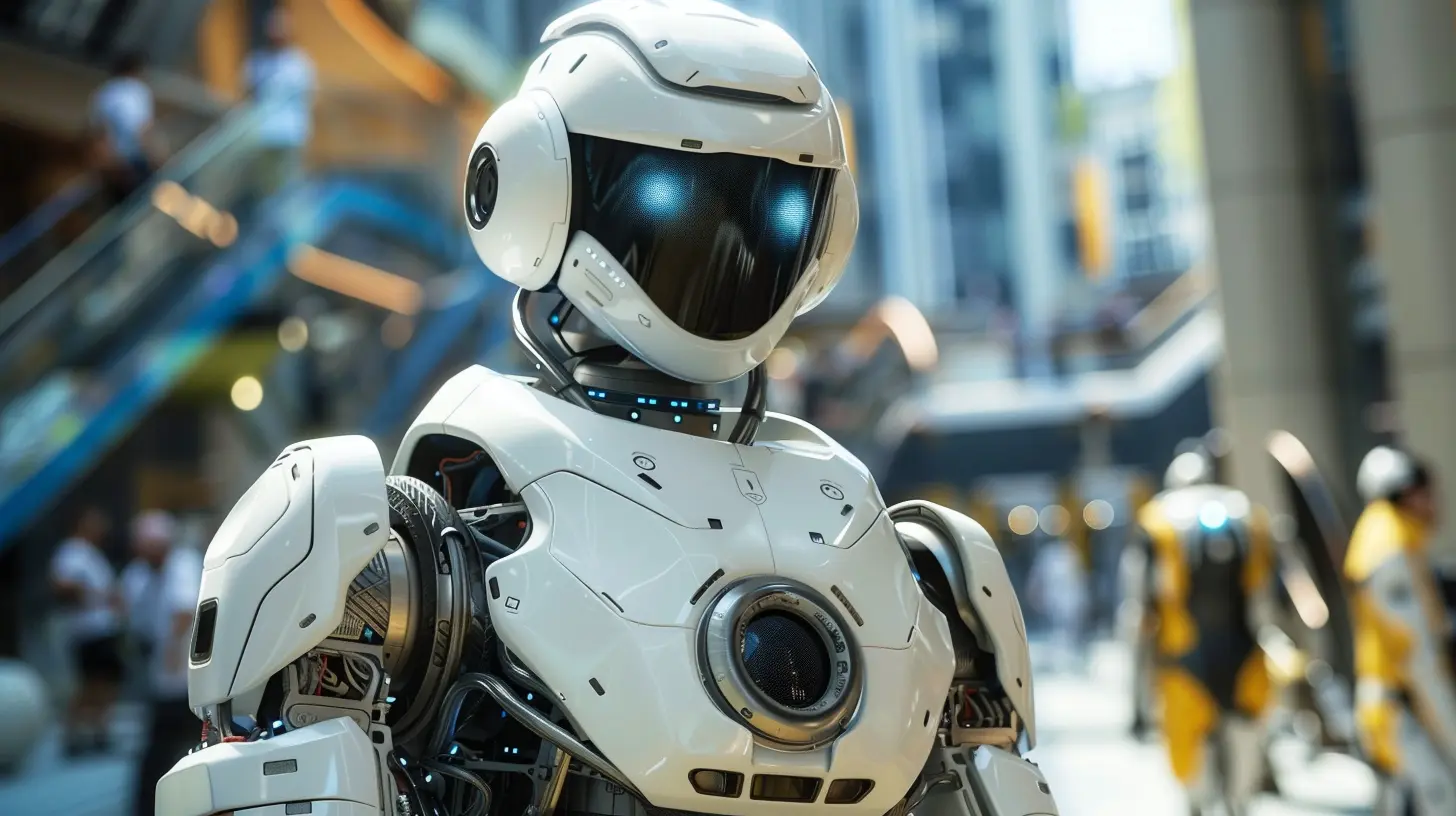
1. Smart Traffic Management
Let’s face it—traffic congestion is a nightmare. Cities worldwide are struggling with overcrowded roads, unpredictable delays, and rising air pollution. But what if traffic lights could think for themselves?With AI-powered robotics and smart traffic systems, cities can now optimize traffic flow in real time. Sensors, cameras, and automated signals work together to monitor road conditions and adjust traffic lights based on live data. This significantly reduces congestion, shortens commute times, and minimizes fuel consumption.
Some cities have even started using autonomous traffic drones to monitor road conditions from above, further improving efficiency. Imagine a world where traffic jams become a thing of the past—sounds like a dream, right?
2. Robotics in Construction and Maintenance
Building and maintaining urban structures is a labor-intensive task. Traditionally, construction relied heavily on human labor, leading to long timelines, high costs, and even safety risks. But robots are changing the game!Automated Construction Robots
Robots like brick-laying machines and 3D printing technology are revolutionizing how buildings and infrastructure are constructed. These machines can work around the clock, reducing construction times by up to 50%. Plus, they're incredibly precise, minimizing waste and improving structural integrity.Drones for Building Inspections
Inspecting bridges, skyscrapers, and underground pipelines used to be time-consuming and risky. Now, drones equipped with high-definition cameras and thermal imaging can quickly assess structural integrity without putting human inspectors in danger.Self-Repairing Roads
Yes, you read that right! Scientists are developing self-healing concrete and robotic road repair systems that can automatically detect and fix cracks before they turn into potholes. This could save cities millions in road maintenance costs while keeping roads smoother and safer for drivers.3. Waste Management and Sanitation
Ever wonder what happens to your trash after you throw it away? Traditional waste management systems rely heavily on manual labor, which can be inefficient and hazardous. However, robotics is introducing smarter waste disposal methods.Automated Waste Sorting
Sorting recyclable materials from non-recyclables is a tedious job. Robotics and AI-powered sorting systems can automatically identify and separate different types of waste much faster and with greater accuracy than humans. This optimizes recycling and reduces landfill waste.Robotic Waste Collection
Some cities are experimenting with self-driving garbage trucks that can autonomously pick up and empty trash bins. These robotic collection systems can improve efficiency, reduce labor costs, and even work during off-peak hours to minimize disruptions.4. Public Transportation and Autonomous Vehicles
Public transportation is the backbone of any major city. But delays, maintenance challenges, and inefficiencies often frustrate commuters. Robotics is stepping in to improve reliability and convenience.Driverless Buses and Trains
Autonomous public transport is already a reality in several cities. Self-driving buses and trains can operate on fixed routes without the need for human drivers, reducing operational costs and human error. These automated systems ensure timely departures and arrivals, making public transportation more efficient and user-friendly.AI-Powered Traffic Management for Public Transit
AI-driven robotics can analyze passenger demand and optimize transportation routes accordingly. This means fewer empty buses and trains running at odd hours and more efficient scheduling based on real-time commuter data.5. Security and Emergency Response
Keeping a city safe requires constant vigilance. Traditional security and emergency response systems, though effective, still have limitations. Robotics is stepping in to enhance efficiency in surveillance, law enforcement, and disaster response.Autonomous Security Patrols
Robotic security guards are being deployed in public spaces like airports, shopping malls, and office buildings. These robots can patrol areas, detect suspicious activities, and even communicate with law enforcement in real time—almost like having a tireless security guard on duty 24/7.Robotic Firefighters and Rescue Drones
In emergency situations like fires, earthquakes, or floods, time is critical. Robotic firefighters equipped with heat-resistant materials can enter burning buildings and extinguish flames while keeping human firefighters out of harm’s way. Similarly, drones can locate trapped individuals during disasters and deliver emergency supplies when traditional rescue operations are too dangerous or slow.6. Smart Energy and Sustainability
Cities are major energy consumers, and inefficient energy distribution leads to significant waste. Robotics is being used to optimize energy grids and promote sustainability.Automated Power Grid Maintenance
Robotic systems are being integrated into electrical grids to monitor and repair faults before they cause outages. These automated monitoring systems can detect small issues before they become full-blown blackouts, ensuring uninterrupted power supply.Solar Panel Cleaning Robots
Renewable energy sources like solar power are on the rise, but keeping solar panels clean is essential for their efficiency. Robotic cleaning systems are now being used to maintain large-scale solar farms, ensuring they generate maximum energy with minimal maintenance costs.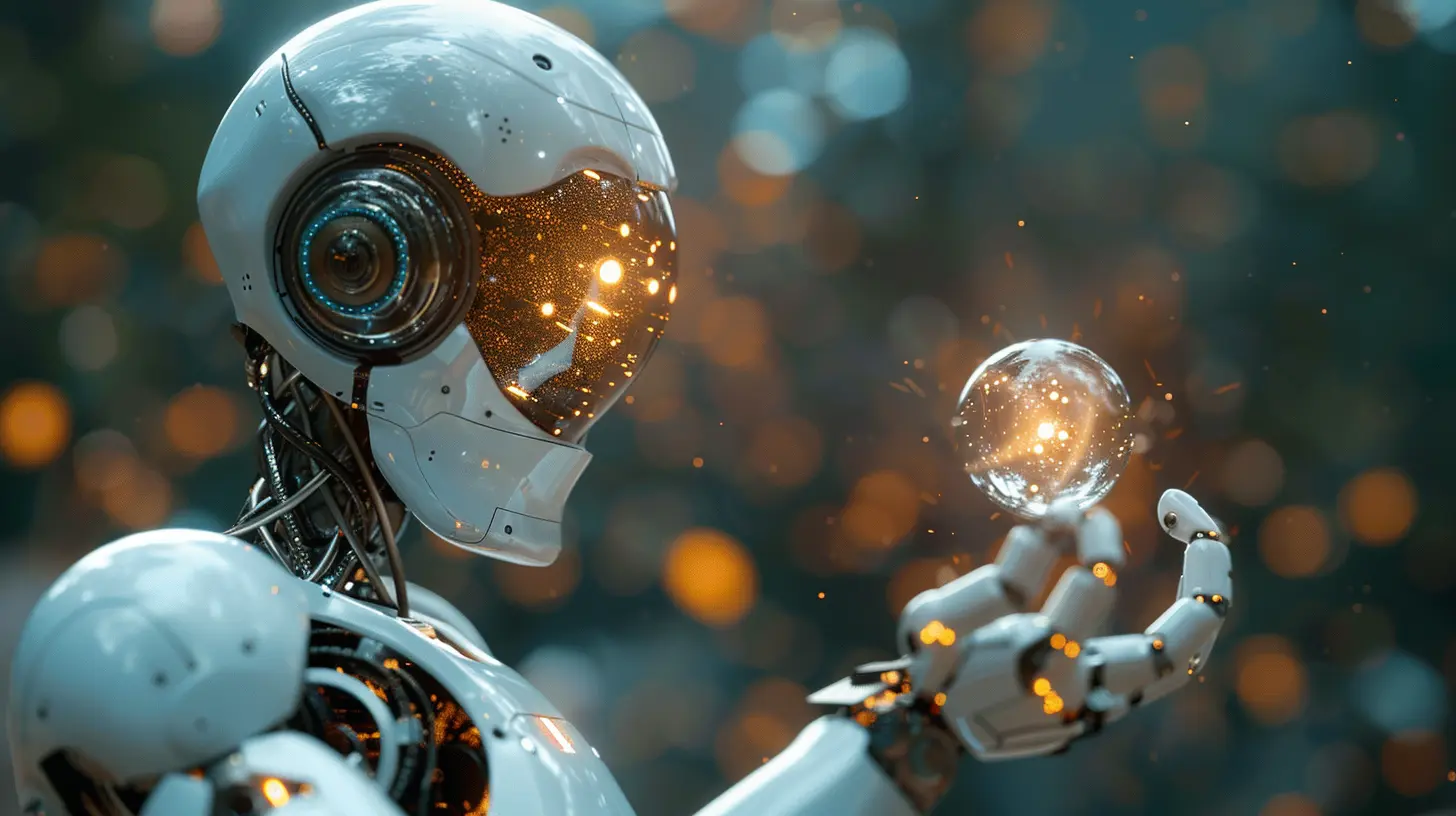
The Future of Robotics in Urban Infrastructure
As robotics technology continues to advance, its role in urban infrastructure will only grow. Future cities may be entirely automated, with robotic systems handling everything from traffic control to waste management without human intervention.However, while robotics offers tremendous benefits, cities must also address potential challenges, such as job displacement, cybersecurity risks, and ethical concerns. The key will be finding a balance between automation and human involvement to create smarter, more livable urban environments.
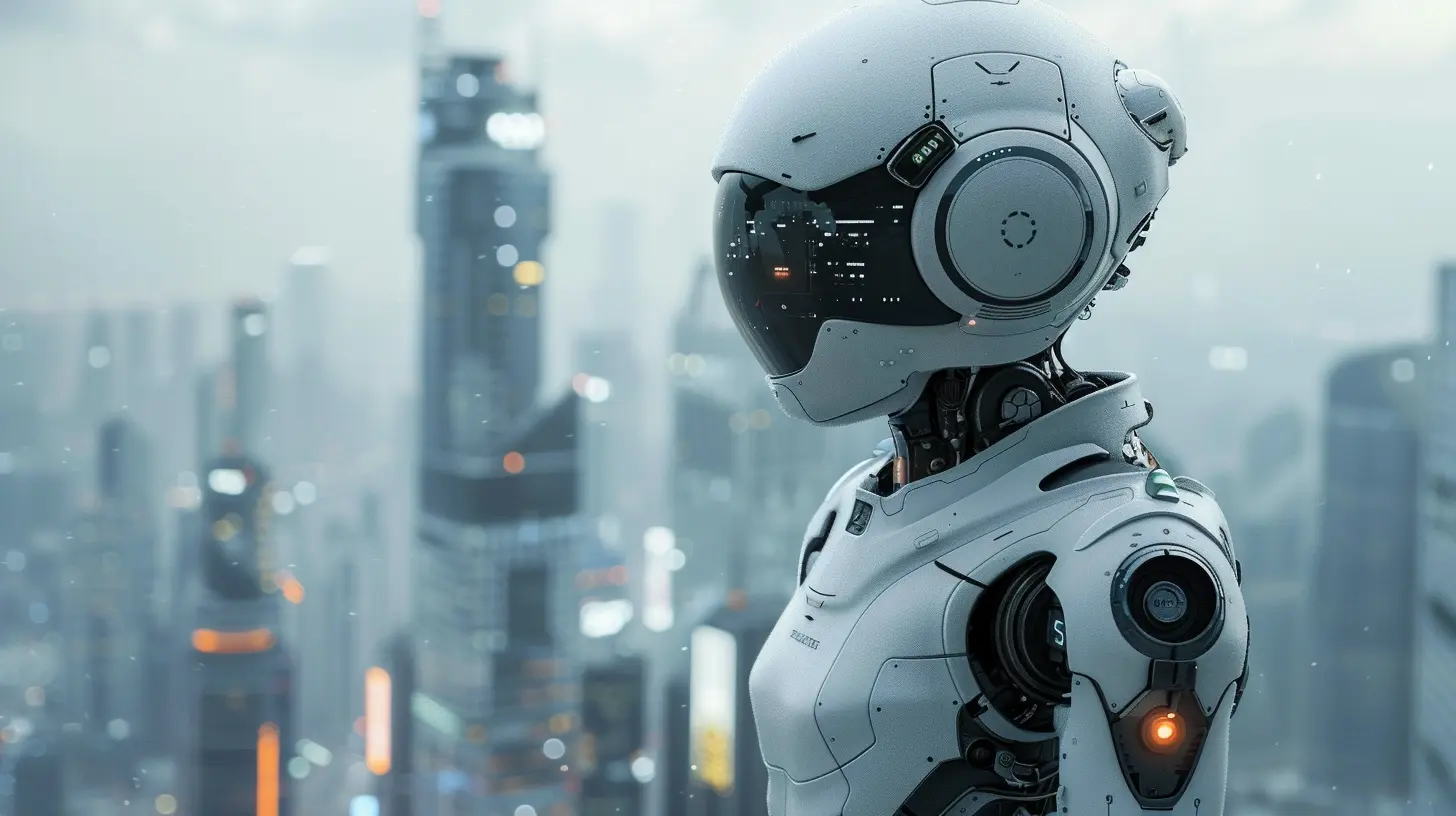
Final Thoughts
There’s no doubt that robotics is rapidly transforming urban infrastructure for the better. From reducing traffic congestion to improving public safety, these advancements are making cities more efficient, sustainable, and intelligent.While the journey toward fully automated cities is still underway, one thing is clear: robotics is here to stay, and its impact on urban living will be profound. The future is looking smarter, faster, and more connected than ever before!
all images in this post were generated using AI tools
Category:
RoboticsAuthor:

Marcus Gray
Discussion
rate this article
1 comments
Elowen Acevedo
This article provides a thoughtful examination of how robotics can transform urban infrastructure. It’s exciting to consider the potential efficiencies and innovations that could shape our cities in the near future!
August 2, 2025 at 2:37 AM

Marcus Gray
Thank you for your thoughtful feedback! I'm glad you found the discussion on robotics and urban infrastructure exciting. It's an area full of potential!

